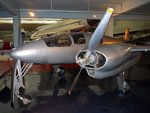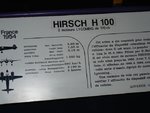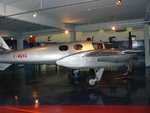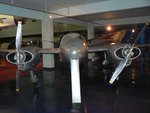carson1934
Senior Airman
Attention Graeme
Hi Graeme sorry to bother you again but you know I'm a screwball...
I understand the Rechswehr didn't accept Rohrbach's plans for a three engined bomber (YEAR 1930) which was supposed to be called "Roterra. "Would you have in your system a sketch or design or silhouette of this aircraft? I read somewhere that it was similar to the Dornier "Y" (15) and plans were licensed to Czechoslovakia where a similar aircraft was produced under the name of Avia B46.
I have found on the net plenty of pics of the Dornier Y and only one of the Avia but nothing at all on the "Roterra".
I know I could have issued a thread on this subject but if Graeme doesn't know who does?
Cheers
carson
Hi Graeme sorry to bother you again but you know I'm a screwball...
I understand the Rechswehr didn't accept Rohrbach's plans for a three engined bomber (YEAR 1930) which was supposed to be called "Roterra. "Would you have in your system a sketch or design or silhouette of this aircraft? I read somewhere that it was similar to the Dornier "Y" (15) and plans were licensed to Czechoslovakia where a similar aircraft was produced under the name of Avia B46.
I have found on the net plenty of pics of the Dornier Y and only one of the Avia but nothing at all on the "Roterra".
I know I could have issued a thread on this subject but if Graeme doesn't know who does?
Cheers
carson






